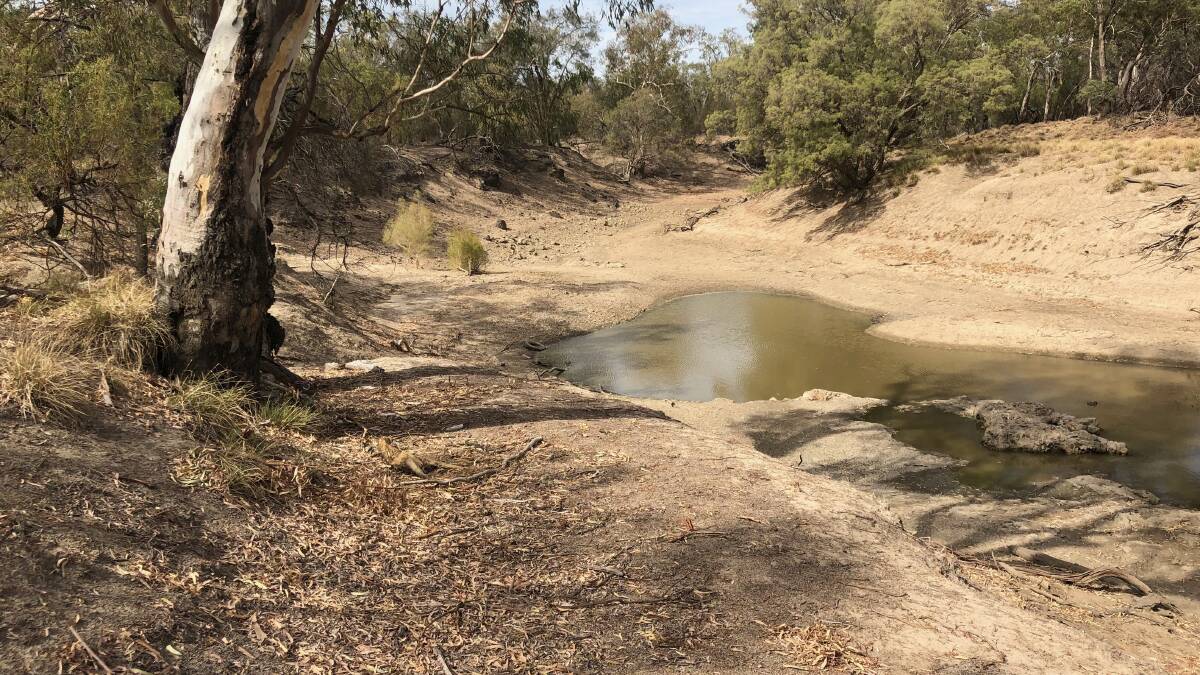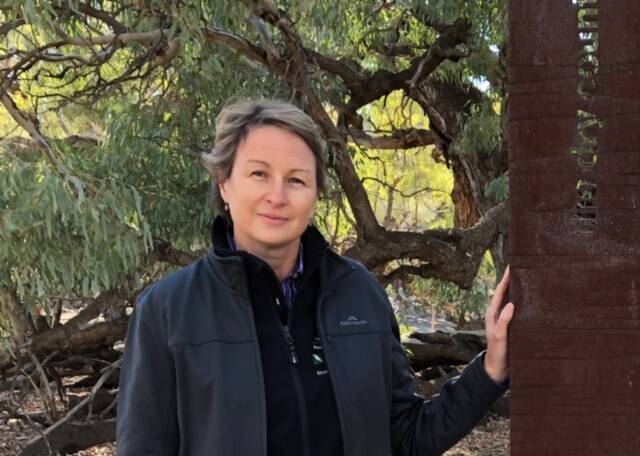
An injection of environmental water holdings is on its way to sustain native fish in the record-dry Barwon Darling River system.
The Commonwealth, NSW and Queensland governments are teaming up to release their combined environmental water holdings from Glenlyon Dam down the Border Rivers, and Copeton Dam down the Gwydir.
Up to 36 gigaltires of water will be released down the Gwydir River, evenly sourced from the Commonwealth Environment Water Holder and NSW government. Around 7.5GL of CEWH water will be released into the Border Rivers from QLD and 3.5GL from NSW into the Mehi River.
"While water storages in the north are extremely low following years of drought, the release of modest flows for the environment will make a major difference and help native fish hang on until the region receives drought-breaking rain," said Commonwealth Environmental Water Holder Jody Swirepik.
This flow event is bigger than the 30GL Northern Connectivity releases in May last year, but is expected to fall about 1000 kilometres short, due to increasingly dry conditions.
That's because the drier a river system, the more water is lost to evaporation and seepage as it flows down a parched river bed.
Last year's flush ran for 2000km to Bourke, while this flow is expected to make it 1200km, as far as Brewarrina.
Good and bad news
The bad news is record-low inflows have put unprecedented pressure on native fish in the Barwon Darling, which are currently holed up in isolated waterholes.
The good news is these flushes are expected to provide the fish four to six months breathing space over winter.
The releases were strategically held back until the worst of northern Murray Darling Basin summer heat had dissipated.
Water loses oxygen as it heats up over peak summer. Algae blooms and the upper layers of a waterhole can become stratified, with the upper layers becoming sour and uninhabitable. This scenario took acute hold over December in the Lower Darling River, below Menindee Lakes, and caused mass deaths.
Happily, and surprisingly, the CEWH reports that water quality in the Barwon Darling is still relatively good in the isolated water holes.
The CEWH is confident the fish will get a welcome drink and avoid the major risks associated with environment releases.
One risk is 'turning over a pool', which is when the new water flow kills the fish by mixing an uninhabitable quantity of water with the stratified lower layer of oxygenated water where fish are holed up.

The second risk is the new flush will scoop up too much gunky sour water that has been languishing in puddles along a dried bed as it makes its way downriver, and the poor water quality could make the release of environment water counterproductive to the destination ecosystem.
NSW controversy
Controversial new veto powers will be invoked by the recently-appointed NSW Water Minister Melinda Pavey to shepherd environmental flows through cotton country in NSW Barwon Darling catchment.
Queensland does not have comparable laws, because irrigators are regulated by 'stop' and 'go' pumping directives from the state government.
But water extraction rights in NSW unregulated rivers are triggered by river height, which means irrigators can draw out their entitlements when a good flow comes past their pumps - and that could include environment water.
Last year former NSW Regional Water Minister Niall Blair Section 324 of the Water Management Act, creating new powers to ban irrigators pumping when environmental water entitlements are released from dams and flow down the river.
The laws are unpopular among some in the northern irrigation sector, which has argued the embargo powers diminish the financial value of their water entitlements.
Previously, the Minister could only issue cease-to-pump orders to protect critical human need - which was built into the value and conditions of existing water entitlements.
If a cease to pump order is issued under the expanded 324 powers as a rare natural flow moves through the Northern Basin, irrigators would lose a valuable opportunity to water crops with the portion of water that they used to access.
But in this case the system is do dry the only water in the system would be from the CEWH, making the embargo a straightforward affair.
The Murray Darling Basin Authority is also ready to monitor the flows with satellite images, to track the water flows and help guard against any unauthorised water take."


